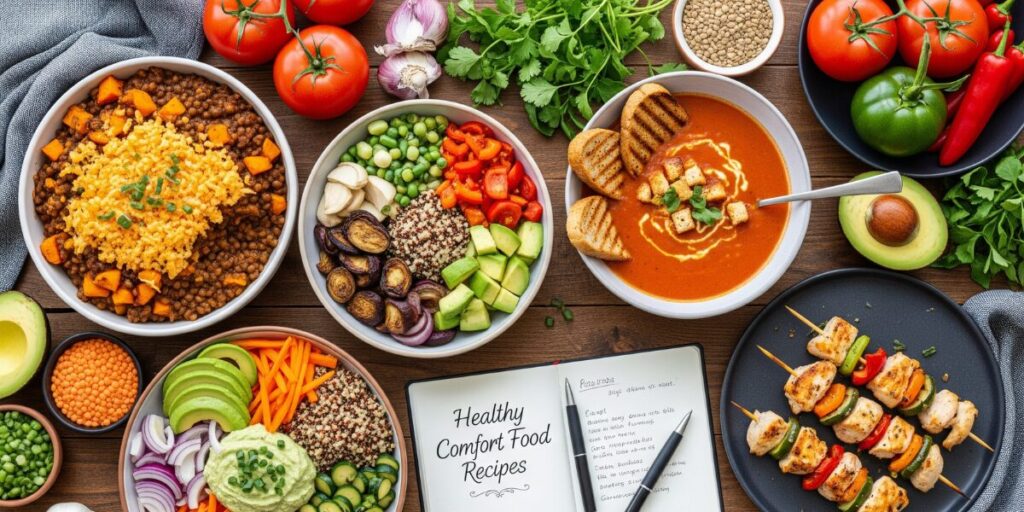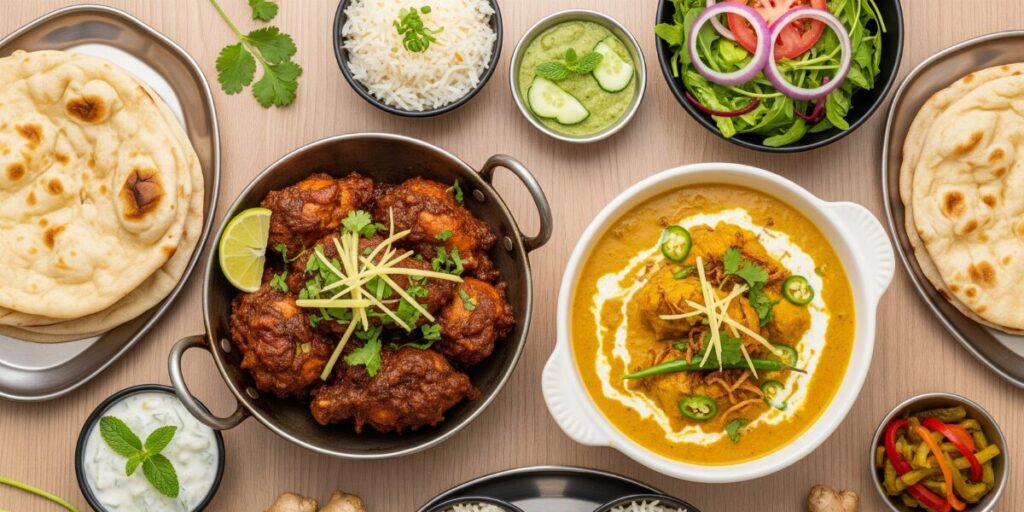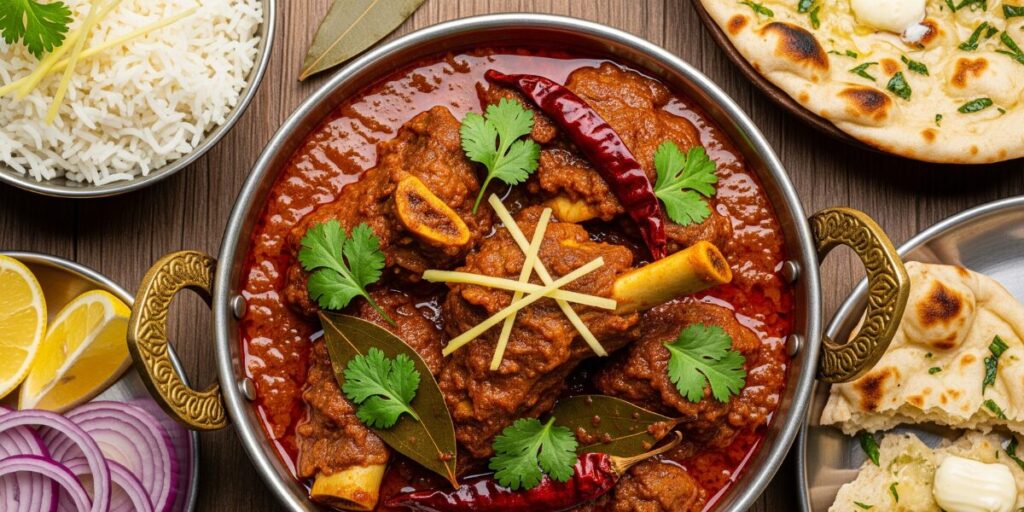
The Mutton Curry Recipe is perhaps the favorite dish in South Asian cuisine. Individuals love it with naan, rice, or roti due to its fragrance and flavor. The preparation of a great Mutton Curry Recipe depends on the selection of the proper cut meat, careful balancing of spices, and proper cooking.
This is not simply food; it is culture, tradition, and comfort. In India, Pakistan, and Bangladesh, each house has its way. However, the core of the recipe doesn’t change—soft mutton cooked in spices for a long time until each bite dissolves in your mouth.
Choosing the Right Mutton

The taste of your curry depends heavily on the meat you choose. Fresh mutton from a young goat or lamb always makes the best curry. Older animals may have tough meat that takes longer to cook.
If you live in an area where fresh mutton is hard to find, frozen mutton can also work, but make sure it is thawed properly before cooking. Always wash the meat thoroughly to remove any strong odor.
Popular Cuts of Mutton for Curry
| Cut of Mutton | Texture | Cooking Time | Flavor |
| Shoulder | Tender | Medium | Rich |
| Leg | Lean | Long | Mild |
| Ribs | Juicy | Short | Strong |
| Neck | Chewy | Long | Bold |
Essential Ingredients for Mutton Curry
Every Mutton Curry Recipe has some essential ingredients. The foundation starts with onions, tomatoes, ginger, and garlic. Onions give the curry a thick base, while tomatoes add natural sweetness and tanginess.
Spices play the most important role. Turmeric, cumin, coriander, red chili, and garam masala are the stars. They create layers of taste that make the curry special. Yogurt is often used to tenderize the meat and add creaminess.
Prepping the Mutton
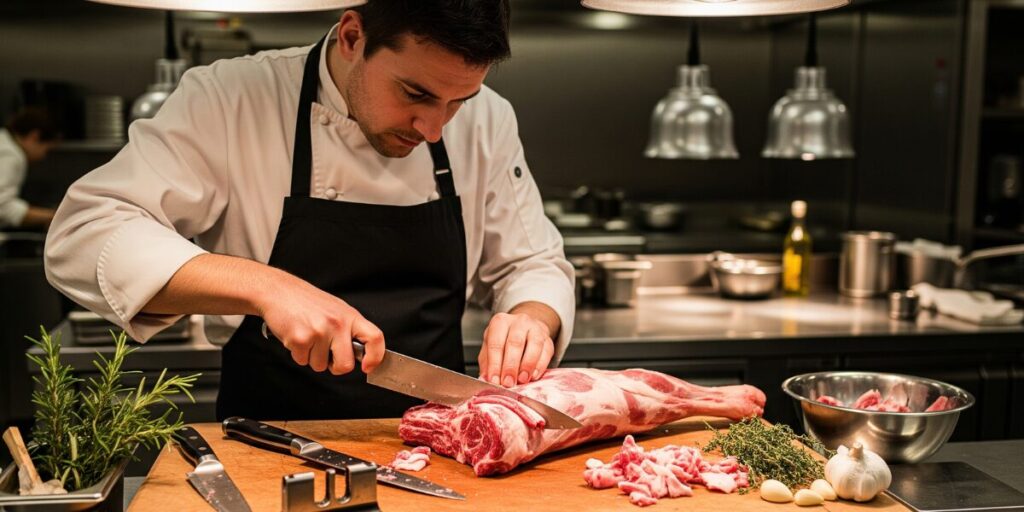
Preparation is a key step in making any Mutton Curry Recipe. First, marinate the mutton in yogurt, salt, turmeric, and ginger-garlic paste. This softens the meat and infuses flavor deep inside.
Before cooking, heat oil or ghee in a heavy-bottom pot. Fry the onions until golden brown. This step is important because caramelized onions add sweetness and richness to the curry. Once the onions are ready, add the marinated mutton and sear it.
Step-by-Step Cooking Process
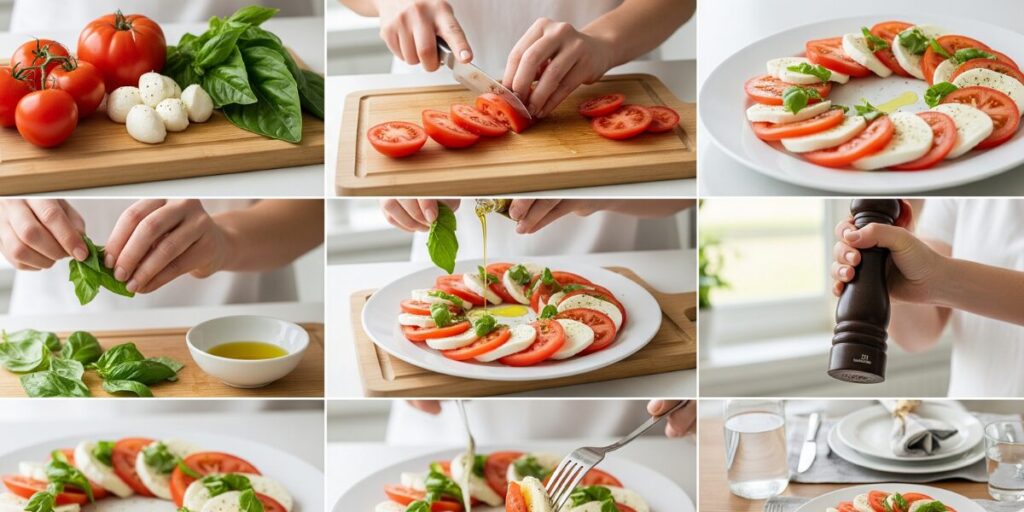
Cooking a Mutton Curry Recipe is slow but rewarding. After searing the meat, add tomatoes and let them soften. Then add all the ground spices. Cooking the spices on medium heat releases their full aroma.
Depending on the cut of meat, it can take 45 minutes to 1.5 hours for the mutton to turn tender. Stir occasionally to prevent sticking. Towards the end, sprinkle garam masala and fresh coriander.
Cooking Timeline for Mutton Curry
| Step | Time Required |
| Marination | 2–6 hours |
| Browning onions | 15 minutes |
| Cooking mutton | 45–90 minutes |
| Final garnish | 5 minutes |
Regional Variations of Mutton Curry
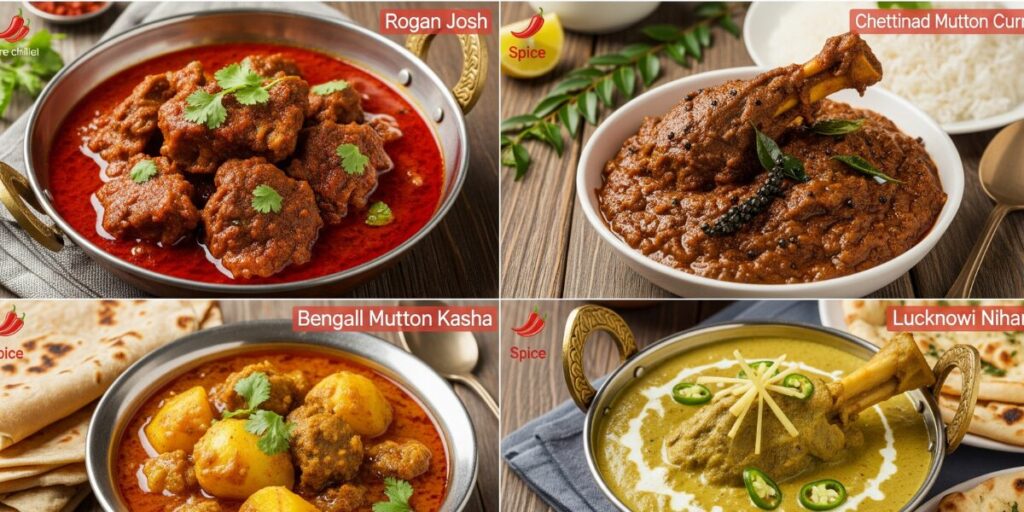
The beauty of the Mutton Curry Recipe is that every region adds its own twist. In North India, the curry is rich with yogurt and cream. In Bengal, mustard oil and potatoes are added for a unique flavor.
These variations show how adaptable the dish is. The base remains the same—mutton, onions, and spices—but the regional touches make each version unique. Whether you like it mild, spicy, or creamy, there is a mutton curry style that suits every taste.
Serving Suggestions

The Mutton Curry Recipe pairs well with many sides. Steamed basmati rice is the most common partner because it absorbs the gravy perfectly. Many also enjoy it with naan, chapati, or paratha.
Adding a simple salad or raita balances the spice of the curry. Some even like serving pickles and papad on the side for an extra crunch. If you are hosting a family dinner, serving the curry in a clay pot makes it look authentic and keeps it warm longer.
Tips and Tricks for Perfect Mutton Curry
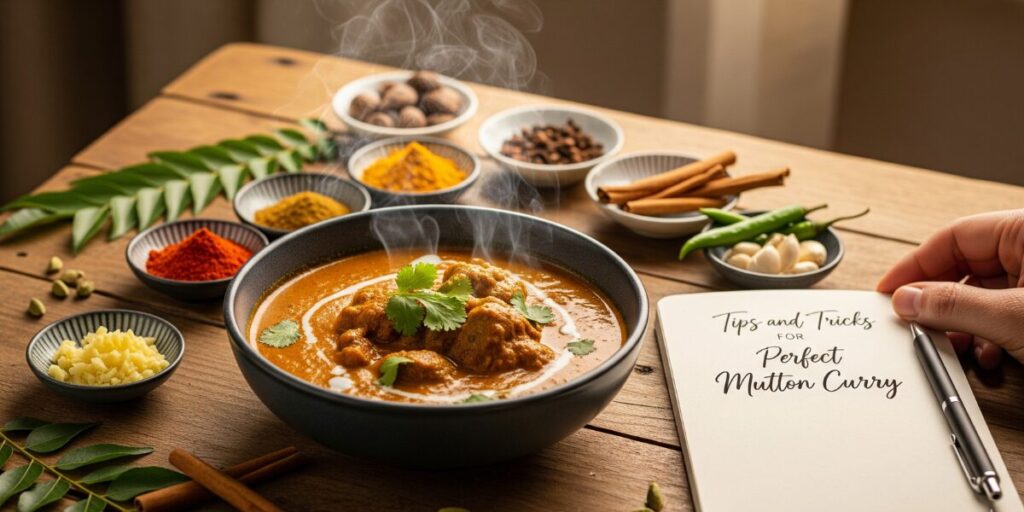
Cooking mutton can sometimes be tricky. One important tip is to cook it on low heat. This ensures the meat becomes tender and absorbs the flavors. Always marinate the meat before cooking because it reduces cooking time and improves taste.
Do not rush the browning of onions. This single step decides how rich your gravy will be. If you want a thicker curry, blend tomatoes and onions before adding them. For a restaurant-style taste, use ghee instead of oil and add a small spoon of butter before serving.
Nutritional Value of Mutton Curry
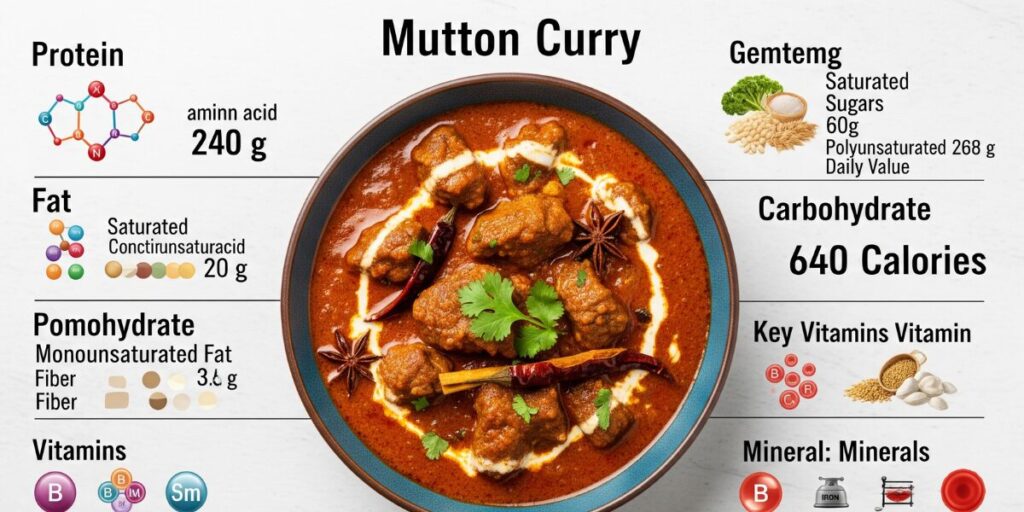
The Mutton Curry Recipe is not only delicious but also packed with nutrition. Mutton is a good source of protein, iron, zinc, and vitamin B12. These nutrients are important for energy, muscle growth, and healthy blood.
However, mutton is also high in cholesterol and saturated fat. Eating it in moderation is important, especially for those with heart conditions. To make a lighter version, use less oil and trim visible fat from the meat before cooking.
Nutritional Value of One Serving (250g) of Mutton Curry
| Nutrient | Amount |
| Calories | 380 kcal |
| Protein | 28 g |
| Fat | 25 g |
| Carbohydrates | 10 g |
| Iron | 4 mg |
History and Cultural Importance of Mutton Curry
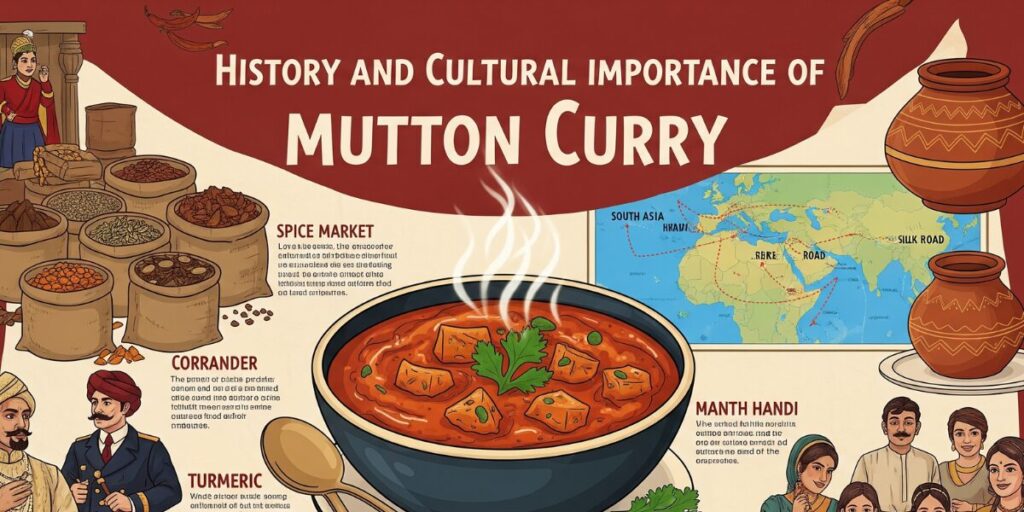
The story of the Mutton Curry Recipe is as old as South Asian food traditions. Mutton was once served only in royal kitchens because it was considered a delicacy. Kings and nobles enjoyed rich curries made with saffron, dry fruits, and pure ghee.
Today, mutton curry is part of festivals, weddings, and family gatherings. It is more than just food; it is a symbol of hospitality and love. Sharing a bowl of curry with family or guests is seen as a warm gesture across India, Pakistan, Nepal, and Bangladesh.
Common Mistakes to Avoid in Mutton Curry
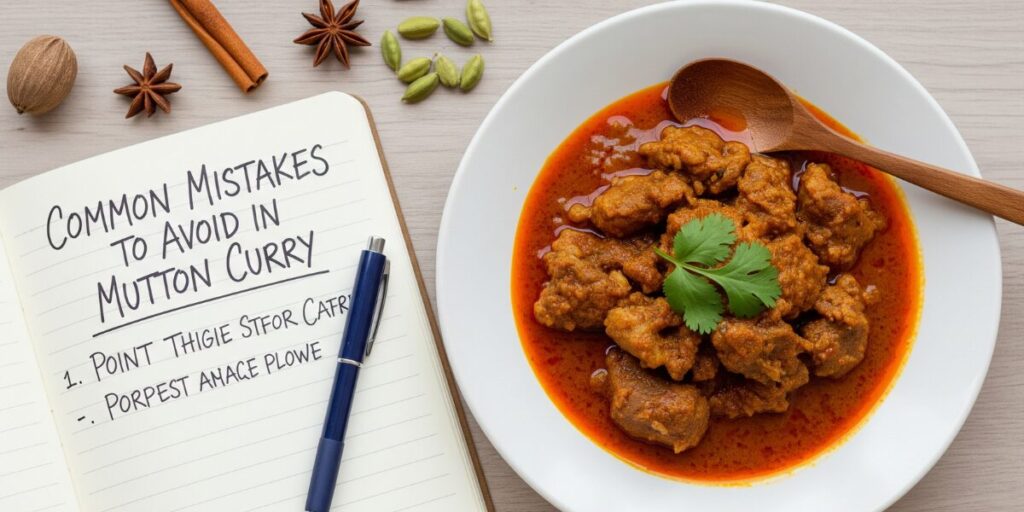
Many people struggle with cooking the perfect Mutton Curry Recipe. One common mistake is not marinating the meat long enough. Without marination, the meat often turns chewy. Another mistake is adding all spices at once without frying them properly.
Some cooks also rush the cooking process. If you cook on high flame, the meat may remain tough and the flavors won’t blend well. Finally, using too much water can make the curry watery and bland. The secret is balance—balance in heat, time, and ingredients.
Different Cooking Methods for Mutton Curry
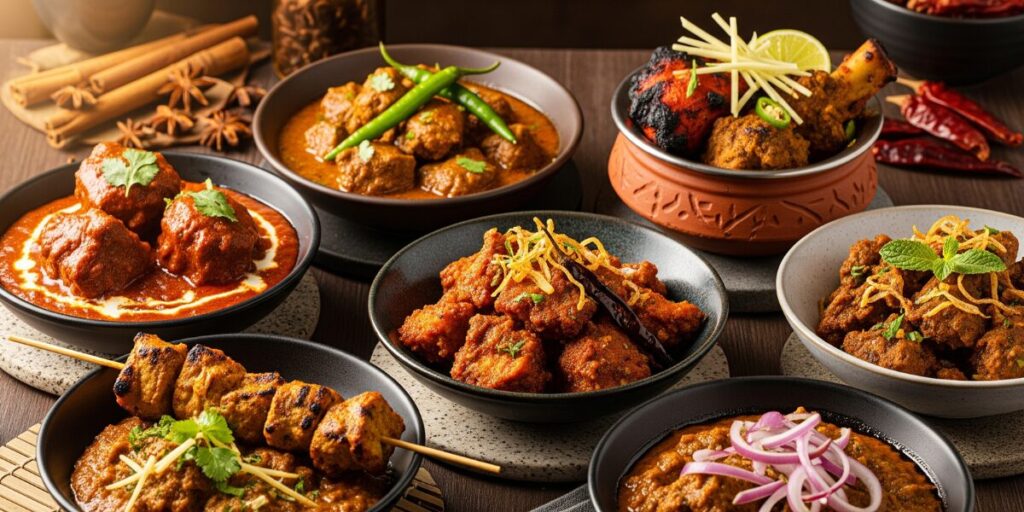
The Mutton Curry Recipe can be cooked in several ways depending on the tools you use. The traditional way is slow cooking in a clay pot, which gives an earthy taste. Many people now use pressure cookers to save time.
In modern kitchens, slow cookers and instant pots are also becoming popular. These methods need less monitoring and allow the spices to mix beautifully. Each cooking method gives a different taste, but the heart of the recipe remains the same—juicy mutton and flavorful gravy.
Popular Side Dishes with Mutton Curry
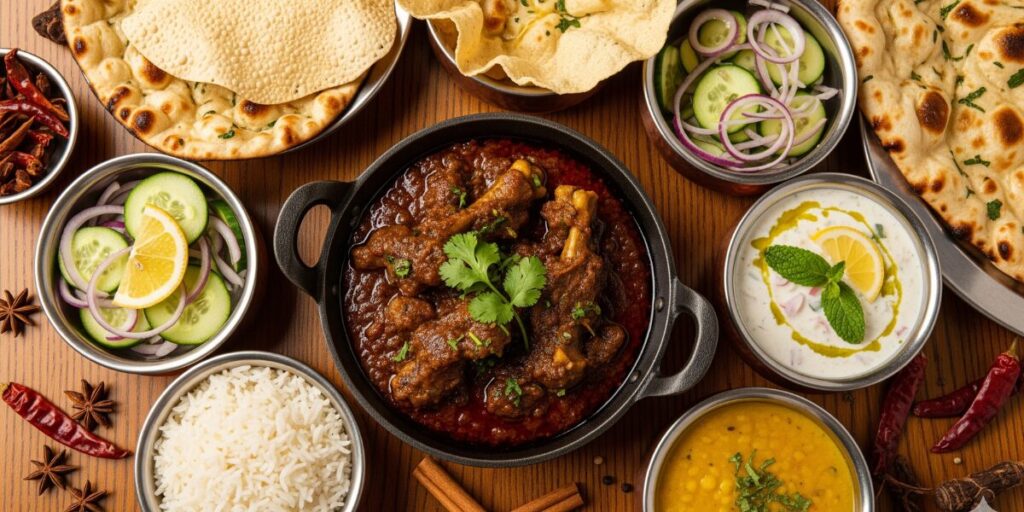
The Mutton Curry Recipe becomes more enjoyable when paired with the right side dishes. Steamed rice is the classic choice, but jeera rice, biryani rice, or even pulao can also be served. For bread lovers, naan, rumali roti, or parathas make a perfect match.
On the lighter side, cucumber raita, onion salad, or green chutney help cut down the richness of the curry. Some families also serve fried papad, achar (pickle), or boiled eggs with mutton curry to create a full festive meal.
Mutton Curry in Restaurants vs Home Cooking
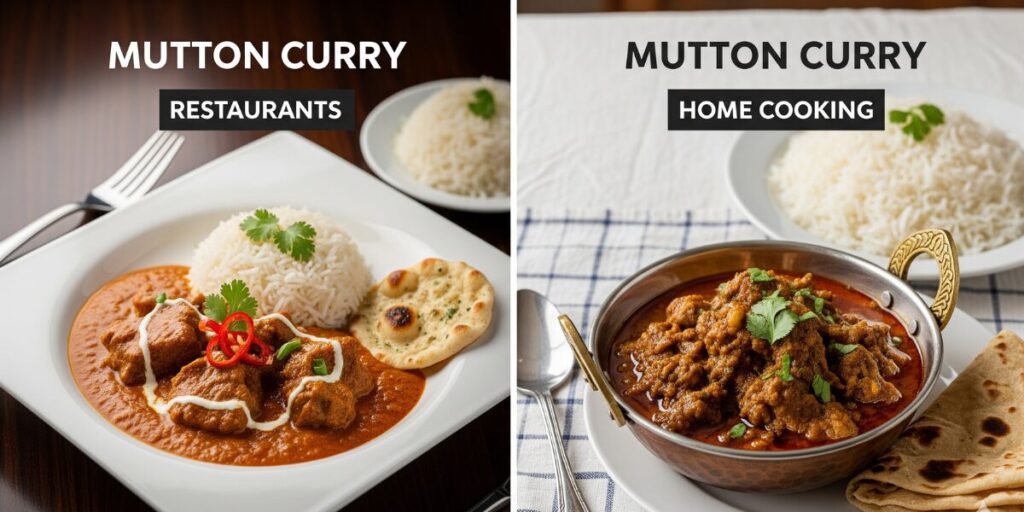
There is a clear difference between restaurant-style Mutton Curry Recipe and home-cooked versions. Restaurants usually use a lot of oil, butter, and cream to make the curry rich and attractive.
At home, the curry is lighter and healthier. Families control the spice level according to their taste. While restaurants focus on presentation and bold flavors, home cooking brings comfort, love, and tradition to the plate.
The following table gives a quick summary of the Mutton Curry Recipe process with time and key notes.
| Step | Key Ingredients | Time | Notes |
| Marination | Mutton, yogurt, spices | 2–6 hours | Overnight is best |
| Browning | Onions in oil/ghee | 15 minutes | Golden, not burnt |
| Cooking | Mutton with tomatoes & spices | 45–90 mins | Slow heat is key |
| Garnish | Garam masala, coriander | 5 minutes | Add before serving |
FAQs
How long should mutton be cooked for curry?
Mutton usually takes 45 minutes to 1.5 hours depending on the cut. Slow cooking makes it tender.
Can I make mutton curry without a pressure cooker?
Yes, you can. Just cook in a heavy pot on low flame, but it may take longer.
What can I do if my curry is too watery?
Cook on high heat for a few minutes to reduce the gravy, or blend onions for thickness.
Is mutton curry healthy?
Yes, in moderation. It is rich in protein and iron but also high in fat. Trim extra fat before cooking.
Can I freeze leftover mutton curry?
Yes, store in an airtight container and freeze for up to 3 months. Reheat gently before serving.
Conclusion
The Mutton Curry Recipe is more than just a dish. It is a celebration of flavor, tradition, and culture. From choosing the right cut of meat to slow-cooking it with spices, every step matters. With patience, you can turn simple ingredients into a hearty, comforting curry that brings families together. Whether served with rice, bread, or salad, this dish never fails to satisfy. Once you master the process, the Mutton Curry Recipe will surely become your favorite for weekends and special gatherings.
Meta Description
Learn the best Mutton Curry Recipe with ingredients, steps, tips, and variations for a flavorful and authentic dish at home.

